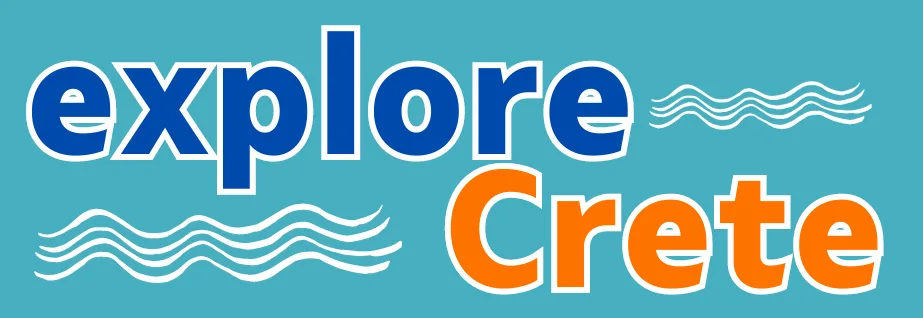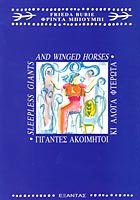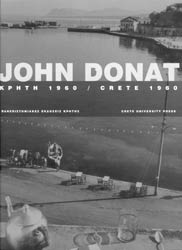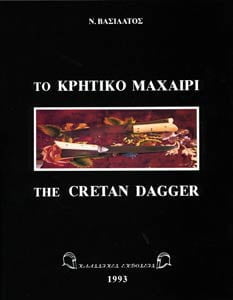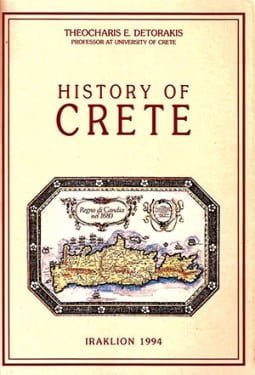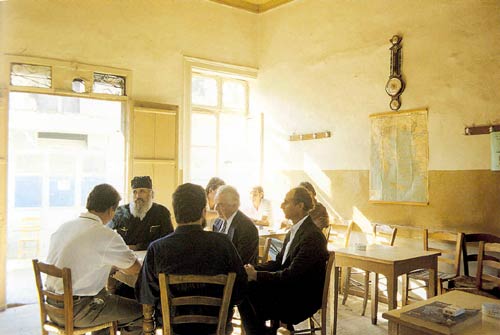Across Crete, From Khania to Herakleion
“Across Crete – Part One: From Khania to Herakleion” is published by World Discovery Guide Books; Paperback; pp287 inc. index. £14.95.
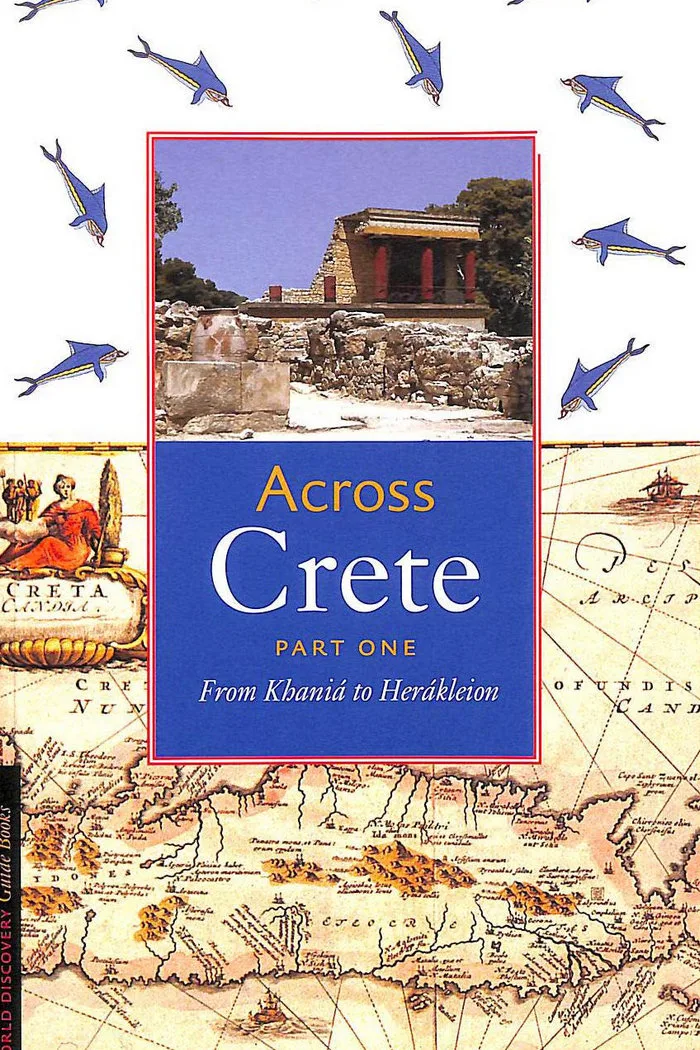
Colour photographs by Yannis Samatas, Erno Verhoeven, Anemone Horn and Jean Bienvenu.
Crete has been a magnet for travellers since the Irish monk Symon Simeonis set foot on the “Great Island” back in 1323. Consequently some of the world’s finest travel writing has had Crete as its inspiration. Here, in this superb first part of a trilogy (a second volume covering Eastern Crete and a third covering Western Crete are in preparation), Johan de Bakker takes us on a journey between the cities of Khania (Chania) and Herakleion, as seen through the eyes of four great British travellers of the 18th and 19th centuries.
Readers may be familiar with the names of Dr Richard Pococke who landed on Crete in 1739, Robert Pashley (1834), Captain T.A.B. Spratt (1853) and the artist and poet Edward Lear (1864), after all, the latter three have been reprinted and those of Pashley (Karavias Reprints1989) and Lear (Denise Harvey 1984) are currently available in excellent and relatively inexpensive editions. Where this book scores however, is in the seamless editing of Mr de Bakker. The book is divided into nine geographical areas, with the cities of Chania and Heraklion being joined by Rethymnon and tours taking us along the North coast to Yeoryioupoli (Georgioupolis), Knossos and Arkhanes as well as inland to the Amari valley and to the South coast between Frangokastello and Ayia Galini. Each of these regions is given an introduction detailing the modern setting and the history behind the area as well as a map of that region, before we follow in the travellers’ footsteps.
There is a certain reverence towards the travellers, as one would expect, though Edward Lear, is treated in a light-hearted manner throughout and his playfulness with the English language is indicated by his description of Herakleion as “earthquaky” due to the evidence of an earthquake, eight years before his arrival. Pococke, Pashley and Spratt were voyagers dedicated to recording all aspects of Cretan life – though in the case of Pococke this was a stopover, albeit it a long one, and just a small part of his seminal work “Descriptions of the East” (1743) – from which we can now draw a picture of life on Crete between 1739 and 1853. It has to be remembered that Lear’s presence on Crete was enforced by ill health so perhaps we should forgive him for “grumbling again” but his presence in this book is thrown into stark contrast when compared to the other three travellers and you may find yourself skipping parts to find exactly what Lear will be complaining about next.
Robert Pashley’s two volume work (“Travels in Crete” 1837) is the most widely quoted from and includes fascinating details such as his explanation as to the prevalence of the Greek language on the island despite a high proportion of Muslims, “…nearly all of the rural population of the island may be said to have a common descent from the Christian Cretans of the middle ages…” though, “…the worldly advantages which used to result from embracing Islam have induced whole districts to abandon the faith of their forefathers.” He also had a rather ingenious way of spotting those who converted from Christianity to Islam: “…they all drink wine without the least scruple…after (a convert) became one of the faithful, he neglected to comply with the practice of the Mohammedans. His children followed him in this disregard of an unpleasant observance of their adopted religion; and, even to the present day a Cretan Mohammedan drinks his wine, as unscrupulously as any Christian in the country.”
Captain Spratt visited the island either side of the Crimean war (1853-1856), deeming it necessary to “put aside” the Cretan charts until after the war to “prosecute surveys… in the waters of approach to Constantinople.” His two volume work “Travels and Researches in Crete” was published in 1865, which explains why Edward Lear, who was there in 1864 “knew Pashley’s book, not Spratt’s”, though I am certain that this information is only included to remind the reader of the material available to Lear.
The book closes with an invaluable “Miscellanea” section; divided into three chapters the first two of which are on Gods and Heroes as seen through Greek and Latin literature, such as Homer, Hesiod and Ovid and culminating in a final chapter on “Atlantis”, with extracts from Plato’s “Atlantis story” (Timaeus and Critias) in which Mr de Bakker follows the very persuasive reasoning of J.V. Luce (“The End of Atlantis”), Rodney Castleden (“Atlantis Destroyed”) and Walter Friedrich (‘Fire in the Sea’) among others, as to what lay behind the downfall of the Minoan Civilisation, namely the Thera eruption.
In 100 years or so I can only hope that my favourite 20th century books on Crete such as Xan Fielding’s “The Stronghold”, Llewellyn Smith’s “Great Island”, Christopher Thorne’s “Between the Seas” and Oliver Burch’s “Under Mount Ida” are similarly dissected in such a loving and skilful way to enable future generations to enjoy the veritable treasury of travel writing that is “Across Crete”
Review by Stelios Jackson
This (slightly edited) review is reproduced with kind permission of the editor of “The Anglo-Hellenic Review”, where it first appeared in the Spring 2002 issue.
- Buy the book Across Crete: From Khania to Herakleion from Amazon UK
© explorecrete.com All Rights Reserved. Reproduction or copying without permission is prohibited.
